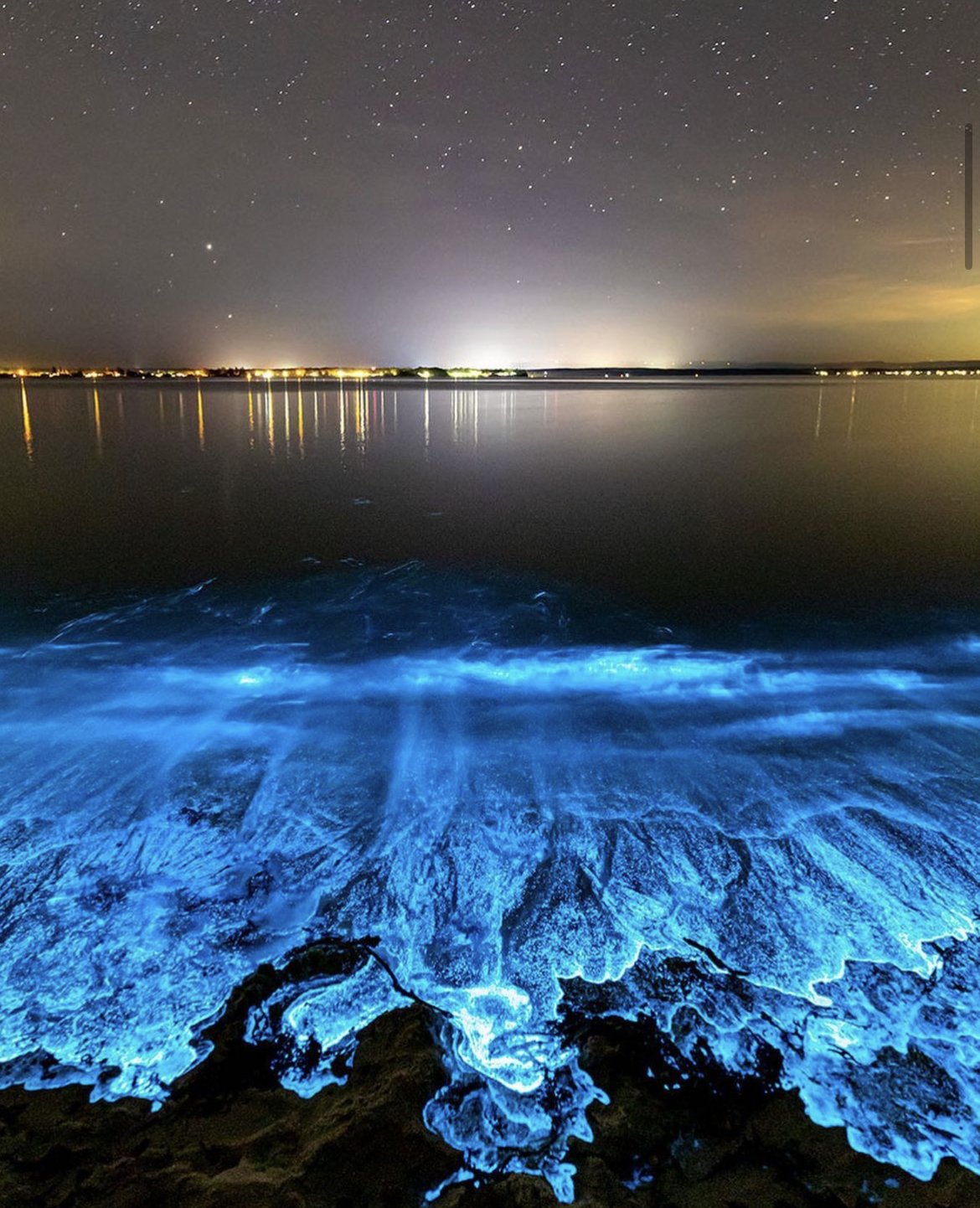Bioluminescent Algae
In the depths of the ocean, a mesmerizing phenomenon takes place. Bioluminescent Algae, also known as glowing algae, create a breathtaking display of light that captivates both scientists and nature enthusiasts alike. These tiny organisms possess the remarkable ability to emit a soft, ethereal glow, transforming the dark waters into a magical spectacle.
Bioluminescent algae are found in various marine environments worldwide, from coastal regions to open oceans. They are single-celled organisms that belong to the phytoplankton family. Despite their microscopic size, they possess an extraordinary talent that sets them apart from other marine life.
The mesmerizing glow emitted by bioluminescent algae is a result of a chemical reaction within their cells. When these organisms are disturbed, whether by waves crashing against the shore or the movement of a passing fish, they produce a burst of light. This bioluminescence is caused by a chemical called luciferin, which reacts with an enzyme called luciferase, resulting in the emission of light.
The purpose behind this dazzling light show is still a subject of scientific investigation. One theory suggests that bioluminescence serves as a defense mechanism, deterring predators by creating confusion or attracting larger predators that may pose a threat to the initial attacker. Another theory proposes that the light acts as a form of communication, allowing these organisms to signal and interact with each other.
Witnessing bioluminescent algae in action is a truly awe-inspiring experience. Imagine walking along a beach at night, with each step leaving a trail of shimmering blue light in your wake. Or imagine diving into the ocean and being surrounded by a sea of glowing organisms, as if you were swimming through a starry sky. These encounters with bioluminescent algae leave a lasting impression, reminding us of the incredible beauty and diversity that exists within our natural world.
Beyond their aesthetic appeal, bioluminescent algae also hold great scientific potential. Researchers are exploring ways to harness their unique properties for various applications, including biomedical imaging, environmental monitoring, and even artistic expression. By studying the mechanisms behind their bioluminescence, scientists hope to unlock new insights into cellular processes and develop innovative technologies.


